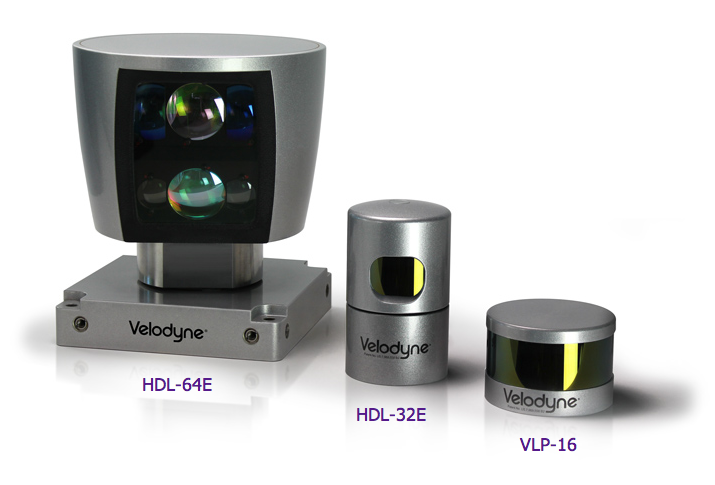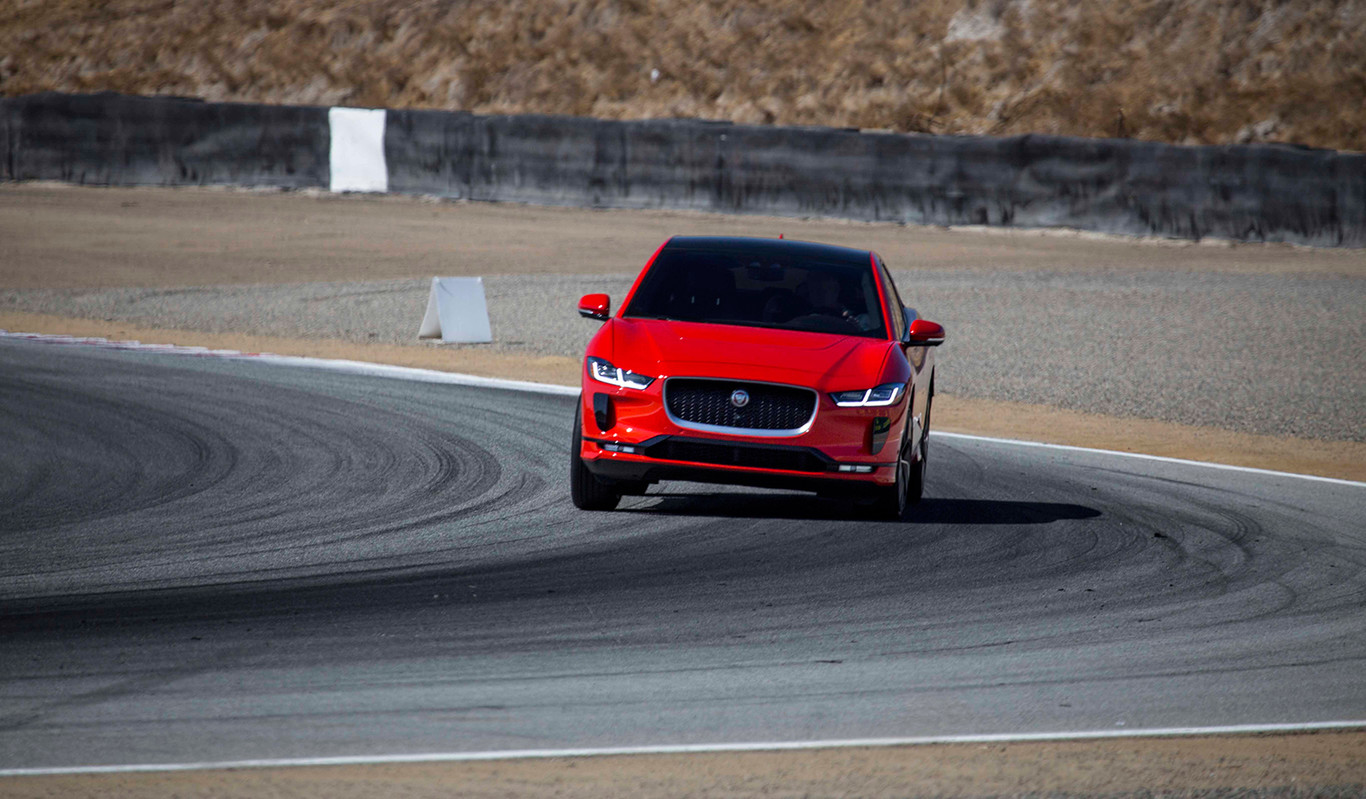Autonomous cars may be able to determine physical spaces, the location of other people or other objects like cars in real time and also do so accurately, is key to this technology. For this use it is made of so- called LIDAR sensors (Light Detection and Ranging or Laser Imaging Detection and Ranging) technology using a laser beam to determine the distance between the transmitter and an object or surface.
The disadvantage of these sensors is their size and price that can cost tens of thousands of dollars, that although there are smaller options where the price is almost the same. But this could change in the future because of a new development that aims to have the benefits of a LIDAR sensor smaller than a grain of rice chip.

The benefits of a sensor focused on a chip
It is a development where collaborating researchers at MIT and DARPA, who say they have found a way to mimic the capabilities of 3D mapping LIDAR sensors within a microchip equipped with technology of silicon photonics, which is to create miniature circuit that guide and direct the light at the microscopic level.
Christopher Poulton and Michael Watts, project leaders claim that the first prototypes have managed to receive a lot of information in a lighter and cheaper way, that to what we have today in LIDAR systems available today in market.
The manufacture of these microchips is a reduction of systems and components on a transistor, obtaining a chip of just 0.5 6 mm under a cost of large – scale production would not exceed $ 10. But not all good news, since this sensor has limitations, since the range of vision is just two meters, a relatively short before the twenty 150 meters on average are achieved in the high range LIDAR sensors available on the market.
You may also like to read another article on xWorld: Nissan: You need a car brand to keep the future
Its creators are already working on ways to improve the properties of the chip, something they believe will be achieved relatively quickly, pointing to an increase in vision of at least 10 meters in a year. This could mean that not only autonomous driving systems could support these chips, but could also be the eyes of robots, drones, mapping systems on smartphones, and even artificial intelligence systems.
This development does not seek to replace existing sensors, but live with them, and that while a LIDAR sensor provides accuracy long – range chip solid state LIDAR also assist in the depth and detection at short distances, focusing on details that sometimes They go unnoticed.



